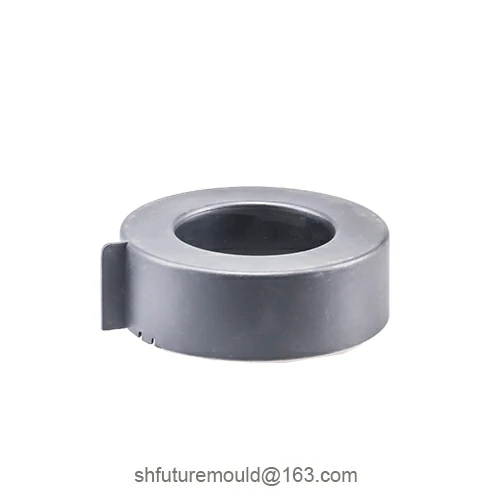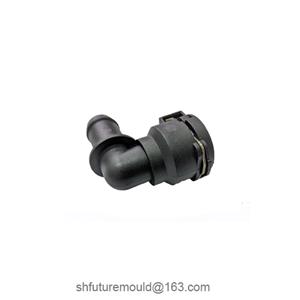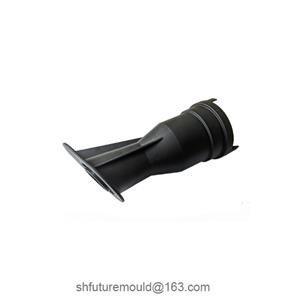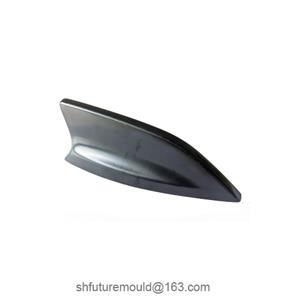Cooling and Heating Components in Injection Molds
In injection molding, cooling, and heating components are crucial elements that directly influence product quality, cycle time, and mold lifespan by controlling mold temperature.
Cooling Components:
The primary function of cooling components is to rapidly cool the molten plastic to a solid state, resulting in dimensionally stable and high-performance plastic parts.
Cooling channels: Internal channels in the mold that circulate cooling water to remove heat.
Cooling plates: Metal plates in direct contact with the cavity to accelerate heat transfer.
Cooling rings: Annular cooling channels often used for circular or annular products.
Heating Components:
Heating components are primarily used in the following two scenarios:
Hot runner systems: In hot runner systems, the nozzle area requires heating to maintain the fluidity of the plastic and prevent solidification.
Molding of special materials: Some engineering plastics or thermosetting plastics require higher mold temperatures to ensure molding quality. Heating methods include:
Electric heating rods: Embedded directly into the mold to generate heat through electricity.
Hot oil circulation: Hot oil is circulated through the mold via pipes for heating.
Steam heating: Utilizing the latent heat of steam for heating.
Functions of Cooling and Heating Components:
Controlling product dimensions: By adjusting the mold temperature, the shrinkage rate of the plastic can be controlled to achieve precise dimensional products.
Improving product quality: Proper cooling can reduce defects such as warping, deformation, and internal stress, improving the surface quality of products.
Shortening cycle time: Rapid cooling can shorten the cycle time and improve production efficiency.
Extending mold life: A uniform temperature distribution can reduce thermal fatigue of the mold and extend its service life.
- Injection Mold
- Automotive Injection Mold
- Electronics & Electrical Injection Mold
- Consumer Goods Injection Mold
- Airplane Components Injection Mold
- Medical Components Injection Mold
- Irrigation Components Injection Mold
- Injection Molds




